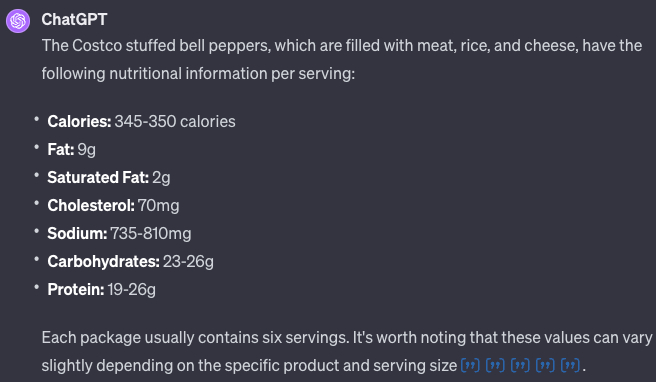
You may have read everything there is to know about ChatGPT and still not know where to get started or how to make the best use of it. As we enter the home stretch of our week of bringing you the best of our AI writing, have no fear: Evan Armstrong is here to tell you how an eminently reasonable person such as himself actually uses ChatGPT to increase his professional and personal productivity. He also built a handy chatbot for founders. Let us know if you find the bot and his tips useful. —Kate Lee
TL;DR:
- We built a GPT bot that we think can solve a significant problem for founders. It’s called Founder’s Friend, it’s free for all ChatGPT subscribers, and it’s available here.
- Founder’s Friend is a voice-first chatbot that provides a safe space for founders to have conversations they can’t have with employees, investors, or friends.
- If you tried ChatGPT or other AI tools and didn’t find them useful, you should try again. There are small hacks you can do to improve your output by 50 percent.
- They include emotional cajoling, prompt construction, and a slight shift in your thinking. In this article, I explore these tips in depth.
X is littered with creators posting flashy demos that, when actually used, are terrible products. I hate these people. Tech attracts a special kind of grifter who uses hyperbole to line their own pockets, and the world is a worse place for their existence.
So, with my distaste for these individuals in mind, please take what I am about to say seriously:
Now—right now—AI has both the capability and ubiquity to significantly improve your productivity by more than 20%. We have crossed the product Rubicon. AI technology is no longer those demos that don’t hold up; it’s been incorporated into genuinely useful products like ChatGPT, made possible by a combination of model improvement and product development.
At Every, we have published many, many, many experiments and products we have built. However, we are pros! This stuff is now at your grandma-should-try-levels of usability.
Over the last two months, AI tools have given me the largest increase in both personal and professional output that I have had in years. I work faster. I write more efficiently. I spend far less time on dumb tasks like simple analysis or Google queries that used to consume my day.
These changes weren’t necessarily intuitive, and they required a paradigm shift in how I approached intellectual labor. But if you sincerely try for a week or two, I think you’ll be stunned by how much more you can get done. Today I want to show you how.
When I’ve expressed this to others, they've usually responded with some doubt. While this skepticism is understandable—after all, startups have been making exaggerated claims since GPT4 was released—it is no longer warranted. I feel like an ancient caveman who has discovered fire, trying to give people medium-rare filet mignon when they would rather stick to the all-raw dinosaur meat diet. So, today I offer you the flame-grilled technology tasting menu. In this piece I focus on ChatGPT, but these improvements are applicable across most AI tools.
Low-leverage thought
Let’s say that every day I have 100 thoughts. Some of these will be routine (but important), such as, “My puppy is the cutest dog in the world.” These might be 20% of my intellectual labor for the day.
Other thoughts will be big, important ideas I can publish in this newsletter—insights on the world, or tech, or finance. These might only be 5% of my thinking, but because of the magic of internet newsletter distribution, this 5% pays my bills.
But the least useful thoughts—the ones that eat up the remaining 75% of my intellectual labor—are the daily thoughts that are helpful but not differentiated.
These are questions like, “How many grams of protein are in my dinner tonight?” Now, I could do the labor of weighing the food and looking up the macronutrients myself. Or, I could take a picture of my stuffed bell pepper, tell ChatGPT it was from Costco, and let the AI take it from there. Which is what I did for my dinner on Monday.
The Only Subscription
You Need to
Stay at the
Edge of AI
The essential toolkit for those shaping the future
"This might be the best value you
can get from an AI subscription."
- Jay S.
Join 100,000+ leaders, builders, and innovators

Email address
Already have an account? Sign in
What is included in a subscription?
Daily insights from AI pioneers + early access to powerful AI tools










Comments
Don't have an account? Sign up!